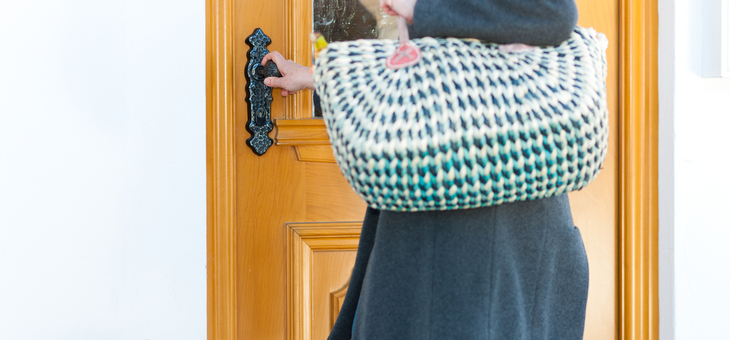“Trust an economist to ringmaster a circus”, you said. “Of course an economist would favour the economy and not the retiree,” you added. “Hands off the family home!” you said.
Last week, Deloitte Access Economics’ Chris Richardson said that including the family home in the Age Pension assets test was “the right thing to do”.
Economist Sean Corbett concurred, but with a condition. He said the value of the family home – above a certain threshold – should be assessed, but only after better products became available to enable people to access the equity in their home.
To gauge whether the economists’ views were more widely held, we sought further opinion and discovered some resistance and some who knew their view would be unpopular.
Amanda Graham, co-founder and co-CEO of Downsizing.com.au
Australia has a great tradition of encouraging Australians to buy a home by exempting the family home from taxes such as land tax and capital gains tax.
Making the family home part of the Age Pension assets test would go against this proud tradition.
It represents a stick approach to an ‘empty nest’ problem when what we need is a carrot approach.
In April–May 2019, a Downsizing.com.au survey that received 700 responses sought to gauge Australians’ preferred policy options leading into the federal election.
Apart from increasing the amount of the pension, the No.1 preferred policy option was to exempt the proceeds of the sale of a family home from the pension assets test.
This was supported by more than 40 per cent of respondents.
The Rudd Government in 2013–14 announced a pilot scheme to exempt downsizing sale proceeds from the pension assets test.
The concept was scrapped in 2014 by the incoming Abbott Government and never implemented. Various stakeholders, including the Property Council of Australia, have since proposed a range of models to revive the scheme.
We believe the Government needs to re-investigate exempting family home sale proceeds from the pension assets test, to encourage seniors to move into more suitable accommodation and to free up existing homes for younger families.
Noel Whittaker, personal finance specialist
The pension is welfare, and welfare expenditure is increasing by eight per cent per annum – way above national income. To any reasonable person, it would seem unfair that a couple can live in a $4 million house, have the boat and the cars owned by the kids, have $200,000 in super and still get the full pension. It won’t be popular, but that’s my view.
Matt Grudnoff, senior economist with The Australia Institute
Including or not including the family home as part of the assets test is not really a yes or no answer. There are arguments on both sides.
I think there should be a cap on the value of the home before it affects the Age Pension assets test. So (and I’m just plucking a number) if you had a cap of $1 million, then your home would have to be worth more than $1 million before it affected the assets test and then only that part of the asset that was worth more than $1 million would be included in the assets test.
The biggest problem with including the home in the assets test is that its value will vary significantly depending on where it is located. That means if it was included in the assets test, you might force retired people to move away from family, friends, community and other support networks.
Economists are famous for saying ‘on one hand … but on the other hand’, and I fear that’s exactly what I’m doing now.
Dallas Achilles, consumer services professional
I don’t think it is fair for older Australians who have lived in their homes for most of their lives to be penalised, just because the value of the land where their home is located has increased in value.
A roundabout way of recovering some of the Age Pension costs, and taking advantage of the escalating values of ‘homes’, is to expand the already expanded (since 1 July 2019) Pension Loans Scheme (PLS) to allow limited lump sum payments.
Right now, under the expanded PLS, anyone over Age Pension age (including self-funded retirees) can access up to 150 per cent of the fortnightly Age Pension rate – but not in a lump sum.
The debt is payable if the property is sold or upon death. Administrative costs aren’t high as no mortgages are involved – only a caveat on the property.
Reverse mortgages can be a daunting and complex exercise. Centrelink’s PLS is much simpler, and flexible, as rates could be reduced or stopped at any time and so on. The debt attracts 5.25 per cent interest (compounding).
Do you believe including the family home in the assets test is inevitable? Is one of the greatest hurdles setting a value over which a home could be included in an assessment?
If you enjoy our content, don’t keep it to yourself. Share our free eNews with your friends and encourage them to sign up.
Related articles:
Investment strategies after retirement
One in four have super problem
Does this bank owe you money?

